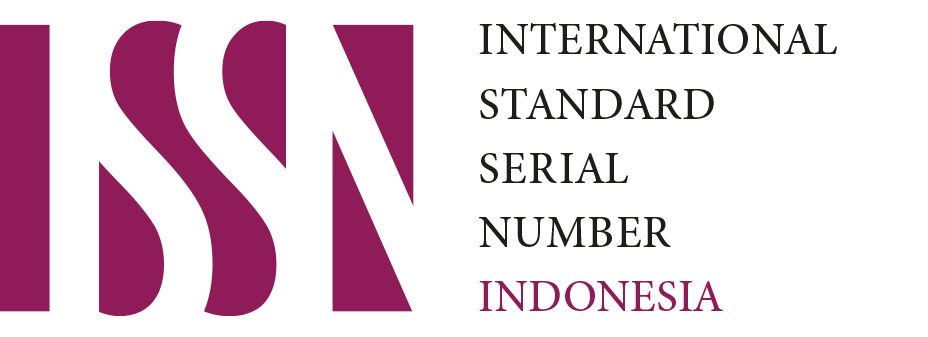Information Literacy in TBM Pengelolaan Lingkungan Cibungur
Downloads
Literacy activities as a backbone of a library or a TBM to support the literacy goal as a lifelong learner. TBM also has activities to improve the quality of life with a variety of activities undertaken so as to create self-sufficiency of citizens and improve their quality of life through a variety of information literacy activities. One TBM contributing to the improvement of the quality of life of the surrounding community is the TBM Pengelolaan Lingkungan Cibungur, Bandung Barat District, West Java, Indonesia with a variety of literacy activities. The purpose of this study was to determine how the activity of literacy in a community TBM. The research method used in this study is a qualitative case study approach. Data consists of interviews, observation and documentation. The results of this research indicate that the information literacy has run quite optimal even though the concept is not fully understood by TBM, but literacy programming in practice has been implemented with the aim of making the community in Cibungur can catch up with other regions with a wide range of activities in order to increase knowledge, skills and soft skills.
Downloads
Baxter, P.& Jack, S. (2008). Qualitative case study methodology: Study design andImplementation for novice researchers. The Qualitative Report, 13(4),-559.
Creswell, W. K. (1998). Qualitative inquiry and research design: Choosing among five traditions. California: Sage Publishing.
George, H. C. (2013). Literasi informasi perpustakaan sekolah: Studi kasus penerapan program literasi informasi di Perpustakaan Sekolah Santa Angela Bandung. Bandung: Universitas Padjadjaran.
Gong, G. A. & Irkham, A. M. (2012). Gempa literasi: dari kampung untuk nusantara. Jakarta: KPG (Kepustakaan Populer Gramedia).
Håklev, S. (2008). Mencerdaskan bangsa – suatu pertanyaan fenomena taman bacaan di Indonesia. Toronto: Advanced Seminar in International Development Studies- University of Toronto at Scarborough.
Håklev, S. (2010). Factors that contributed to the community library movement in Indonesia. Libri: International Journal Of Libraries & Information Services, 60(1), 15-26. doi:10.1515/libr.2010.002
Håklev, S. (2010). Community libraries in Indonesia: a survey of government-supported and independent reading gardens. Library Philosophy and Practice, Annual Volume.
Indonesia. Kementerian Pendidikan dan Kebuadayaan, (2014). Juknis penguatan taman bacaan masyarakat.
Kalida, M. (2012). Fundraising taman bacaan masyarakat (TBM). Yogyakarta: Aswaja Pressindo
Kalida, M. (2012). Strategi networking TBM. Yogyakarta: Cakruk Publishing
Koltay, T., SÌŒpiranec, S., & Karvalics, L. Z. (2016). Research 2.0 and the future of information literacy.
Marihesya, A. (2012). Al Faz Community library: a lighter after the disaster. Proceedings of 15th General Conference of Congress of Southeast Asian Librarians (CONSAL XV). Bali: Indonesia.
Mursyid, M. (2015). Pustakawan & media massa. Yogyakarta: Ladang Kata.
Pendit, P. L. (2003). Penelitian ilmu perpustakaan dan informasi: suatu pengantar diskusi epistemologi dan metodologi. Jakarta: JIP-FSUI
Sugiyono. (2009). Metode penelitian kuantitatif kualitatif dan R & D. Bandung: Alfabeta
Rahmawati, R dan Sudarsono, B. (2016). Perpustakaan untuk rakyat: dialog anak dan bapak. Jakarta: Sagung Seto
Sutarno, N. S. (2006). Perpustakaan dan masyarakat. Jakarta: Sagung Seto
UNESCO. (2003). The prague declaration: towards an information literate society.
Record and Library Journal by Unair is licensed under a Creative Commons Attribution-ShareAlike 4.0 International License.
1. The journal allows the author to hold the copyright of the article without restrictions.
2. The journal allows the author(s) to retain publishing rights without restrictions
3. The legal formal aspect of journal publication accessibility refers to Creative Commons Attribution Share-Alike (CC BY-SA).
4. The Creative Commons Attribution Share-Alike (CC BY-SA) license allows re-distribution and re-use of a licensed work on the conditions that the creator is appropriately credited and that any derivative work is made available under "the same, similar or a compatible license”. Other than the conditions mentioned above, the editorial board is not responsible for copyright violation.


 57201398420
57201398420

























